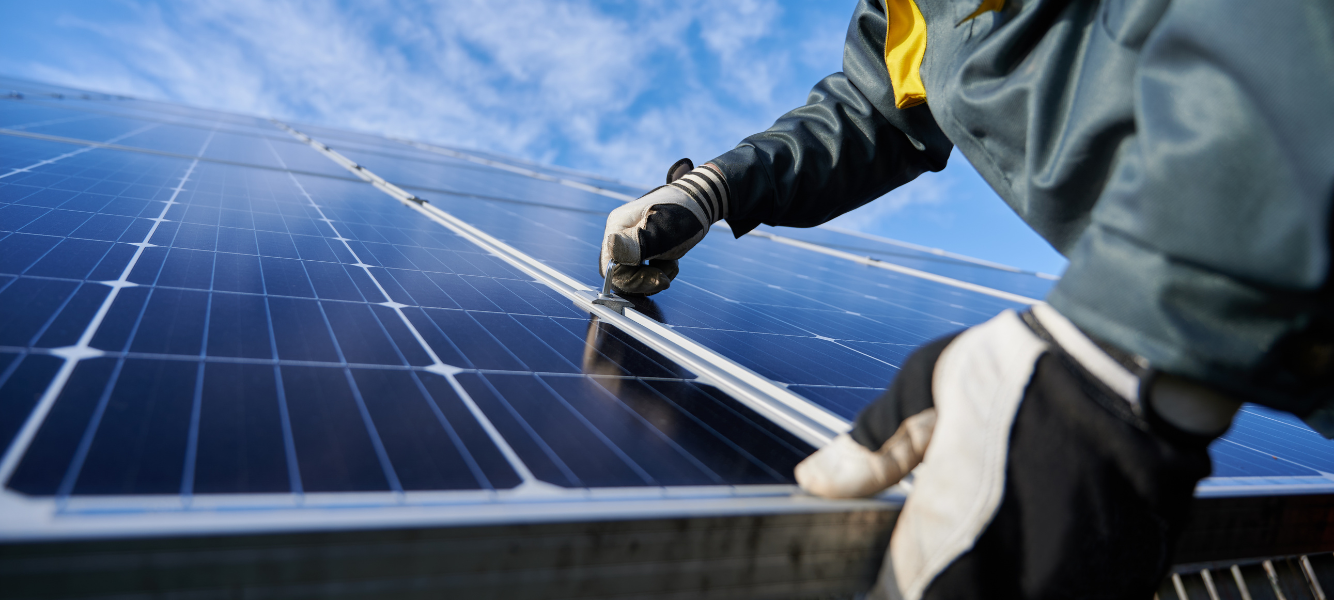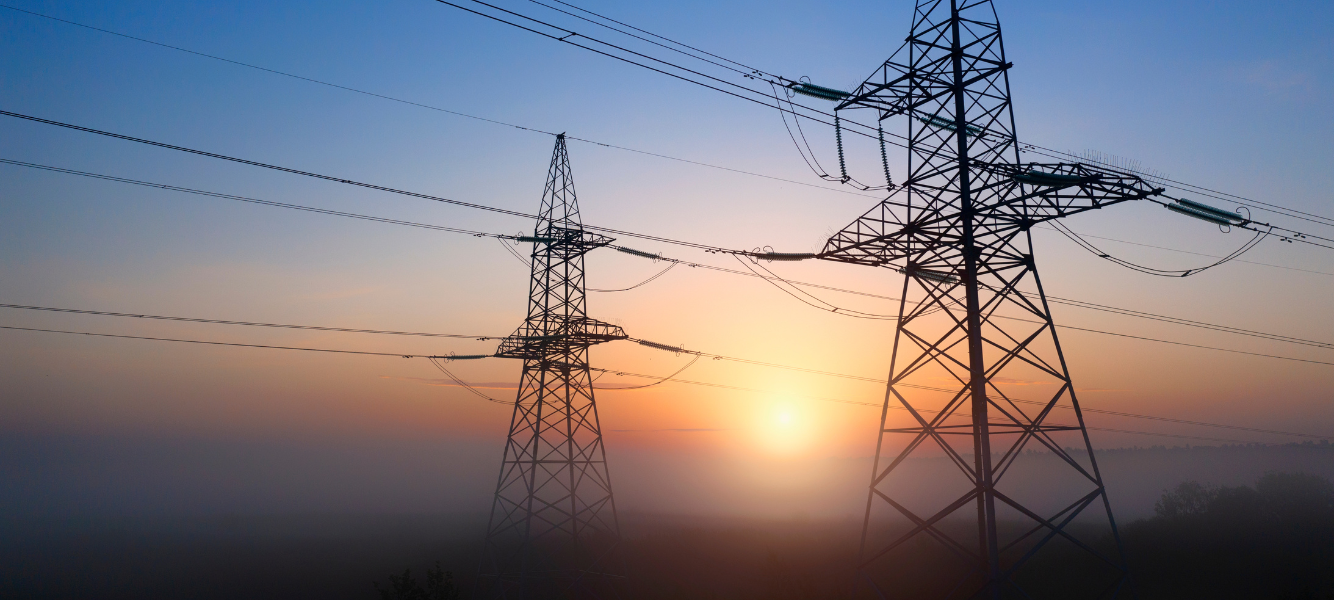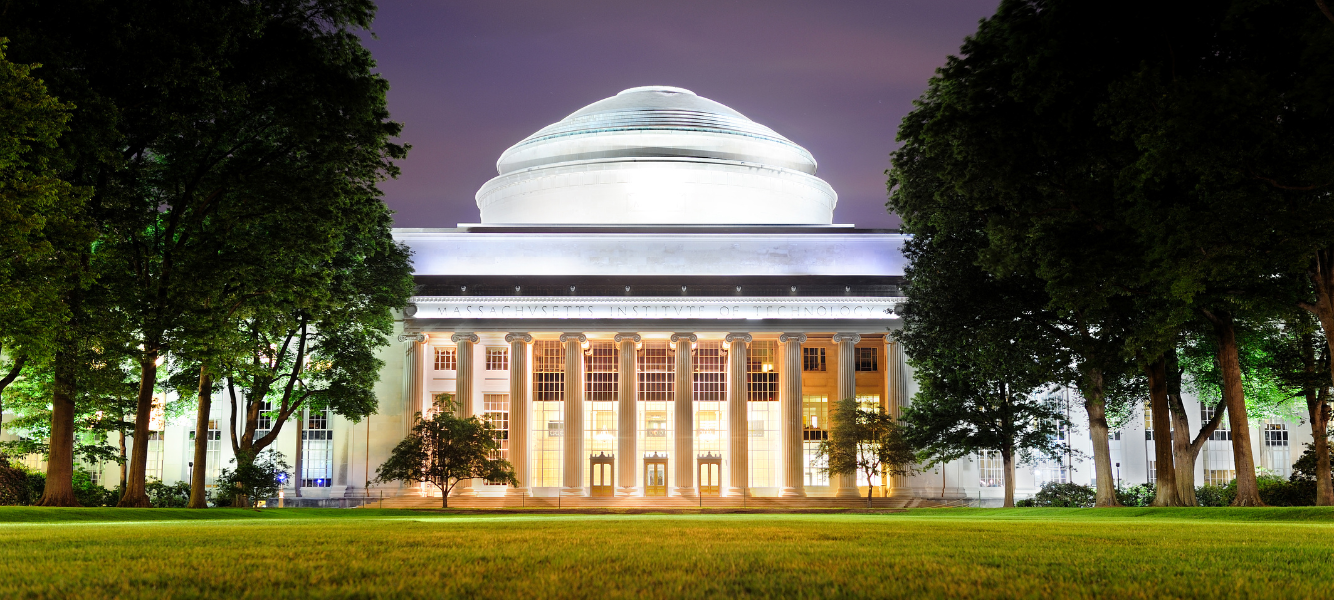The U.S. solar sector just got a reality check.
New forecasts show that installations between 2026 and 2030 could be 27% lower than earlier estimates.
The main reason?
Policy rollbacks and reduced subsidies under the Trump administration.
This is a big deal for developers, investors, and, most importantly, the people building careers in solar. But while the headline sounds grim, the story isn’t all bad.
Demand is shifting, not disappearing.
Let’s unpack what this means for hiring, where opportunities still exist, and how companies can adapt.
What’s happening in solar
The solar industry has been one of the fastest-growing parts of the U.S. energy market.
Utility-scale projects, rooftop installations, and hybrid solar-storage systems have all been expanding.
But according to the Solar Energy Industries Association, the outlook for 2026–2030 has taken a sharp hit.
A 27% cut in expected installations is a major downgrade.
That translates into fewer new projects breaking ground and less demand for labor in some parts of the country.
Still, it’s worth noting that the sector isn’t collapsing. Even with reduced growth, solar will remain one of the largest drivers of new capacity.
The change is about scale, not survival (EIA renewable data).
Why forecasts were cut
Federal incentives have been a major engine for solar growth.
Tax credits and subsidies made projects more attractive for investors and developers.
With those incentives rolled back, the economics shift.
Some projects that looked viable now face slimmer margins or outright cancellation.
Costs are another factor.
Supply chain disruptions and rising financing costs are squeezing developers. Add in the uncertainty of long interconnection queues and the slowdown becomes easier to understand.
Finally, state policies matter.
States like California and New York still have strong incentive frameworks. But others are much more exposed to federal rollbacks.
This uneven policy landscape means opportunity will cluster in certain regions while others stagnate.
Impact on hiring and talent demand
Here’s where it gets real for people.
Utility-scale developers may slow down on hiring.
Large installation crews won’t be needed at the same rate if fewer mega-projects move forward.
That doesn’t mean hiring stops altogether.
There will still be steady demand for project managers, permitting experts, and interconnection specialists. These are roles that don’t go away, even in a slower market.
The skills mix will also shift.
Hybrid systems, solar paired with storage or grid services, are on the rise. That means demand for engineers and technicians who can work across technologies, not just in standalone solar.
Astute is already seeing this trend.
Clients are asking for candidates with broader skill sets, including energy storage expertise, rather than just pure solar backgrounds.
Where opportunities remain
Despite the cutbacks, solar remains a strong sector. The story is less about decline and more about redirection.
Certain states will keep driving growth.
California, New York, and Illinois are likely to remain hotspots thanks to robust state-level incentives. Developers active in those states will continue to hire.
Community solar and residential projects are also resilient. These don’t rely as heavily on federal policy and often benefit from local support.
Then there’s energy storage.
Pairing solar with batteries is becoming essential for grid reliability. That opens up new opportunities for engineers, technicians, and project developers.
And don’t overlook operations and maintenance. Every existing solar asset needs servicing.
O&M and asset management jobs will keep growing as installed capacity increases, regardless of how many new projects launch.
What companies can do
For companies, the forecast cut means one thing: adapt workforce planning.
That starts with avoiding overcapacity.
If you scale up too quickly on installation labor, you risk having crews idle when projects stall.
But don’t pull back too far either.
Skilled workers are hard to replace once they leave the sector. Companies that hold onto core expertise during slowdowns are the ones ready to accelerate when conditions improve.
Cross-training is another smart move.
A technician who can handle solar and storage is more valuable than someone limited to one technology. That flexibility makes teams more resilient in uncertain times.
Finally, work with partners who understand the talent market.
At Astute, we help clean energy firms pivot their recruitment strategies quickly.
Whether it’s sourcing storage-savvy engineers or retaining top O&M managers, we connect businesses with the people who make projects succeed.
Why this matters for clean energy goals
The U.S. has set ambitious renewable targets.
A 27% cut in forecasts is a setback, but it doesn’t change the long-term direction.
Solar remains central to the transition.
The slowdown is temporary, and the demand for skilled professionals won’t vanish. If anything, the pressure to find adaptable talent will grow as projects get more complex.
For professionals, this is still a sector worth committing to. The work is shifting, but the opportunities are still there.
Hiring shifts, not stops
The solar industry may be facing headwinds, but it isn’t going away. Forecasts are down, yet the demand for talent is evolving rather than disappearing.
Companies that adjust hiring plans, invest in hybrid skills, and secure O&M expertise will stay ahead.
And professionals who build flexible, future-focused careers will thrive.
If your business needs the right solar talent to navigate policy shifts, Astute can help.
Drop us a message to learn more.
















